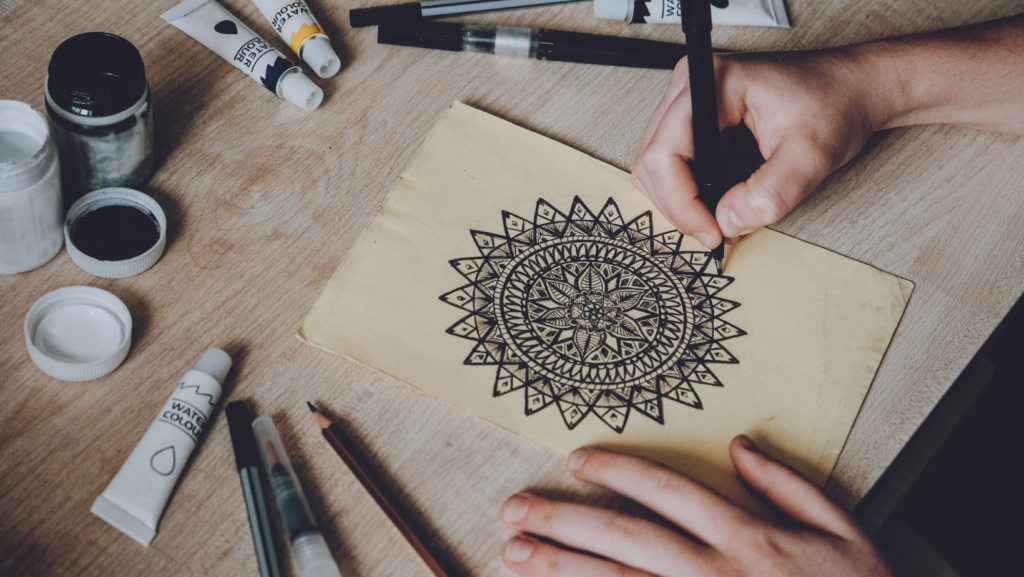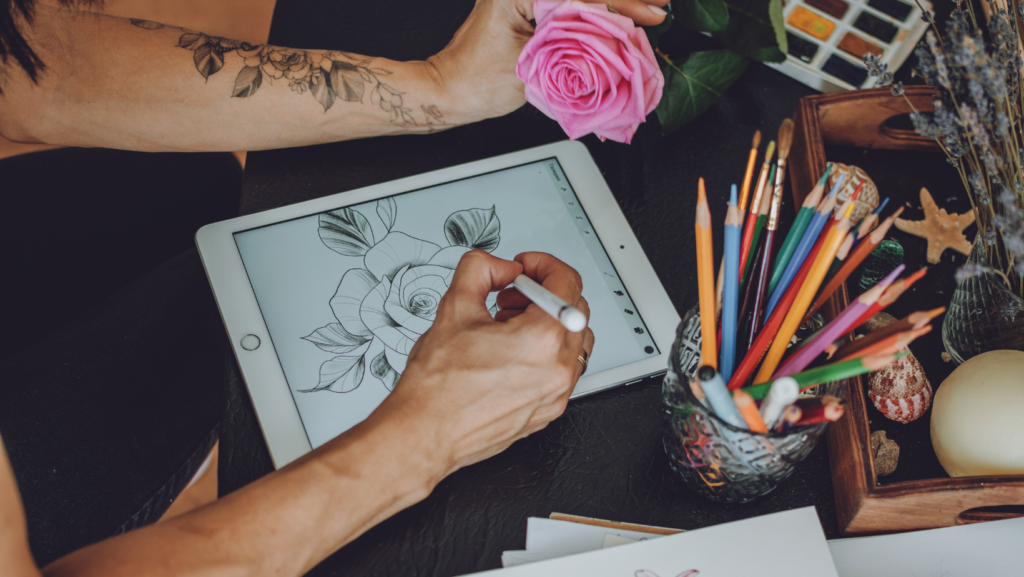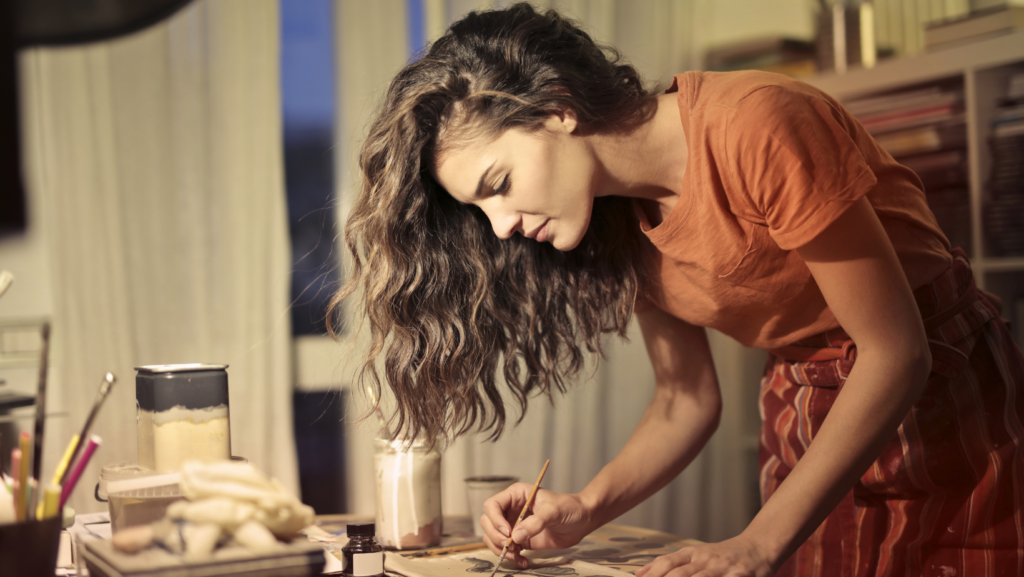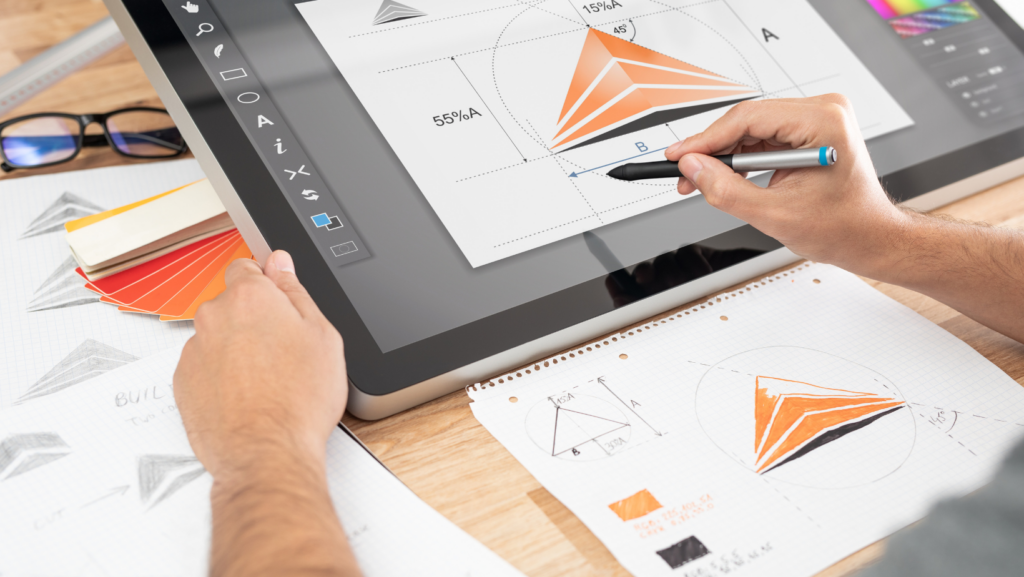
Unleashing the power of a pencil, creative drawings bridge the gap between imagination and reality. It’s a world where lines and shades converge to form visuals that captivate, inspire, and tell a story. From doodles on a napkin to intricate masterpieces, there’s an undeniable charm in the simplicity and potential of a sketch.
Whether you’re an artist seeking to refine your craft or a novice looking to dip your toes into the realm of art, understanding creative drawings can unlock a new dimension of self-expression. Let’s embark on a journey to discover the allure of these drawings, their transformative power, and how they can turn the ordinary into extraordinary.
Creative:bw8dqizhyro= Drawings
In this section, we dive deeper into the universe of creative drawings, scrutinizing its diverse facets and historical evolution.
Definitions and Types

Creative drawings encompass an extensive variety of genres, styles, and techniques. Representational drawings depict distinct objects or people, often replicating real-world elements. For instance, landscapes, portraits, and still life sketches fall under this category. Abstract drawings, in contrast, focus more on conveying emotions or concepts, such as Kandinsky’s vibrant compositions or Picasso’s Cubist pieces.
Non-objective drawings don’t aim to portray anything specific, emphasizing instead on aspects like line, shape, texture, and color. An example includes the hypnotizing swirls and patterns of Zentangles. Satirical illustrations, like those seen in political cartoons and comic strips, use wit and humor to comment on societal issues, presenting a perfect blend of art and satire.
Techniques and Tools for Creative Drawings
Diving deeper into creative drawings, let’s explore the techniques as well as the traditional and digital tools artists employ today.
Traditional Media

Traditional media hold an enduring appeal in the realm of artistry. It offers a tactile sensation when artists touch the media with their hands, lending a palpable sense of warmth and energy to each piece. Chalks, for instance, give an artist the freedom to handle, manipulate, and blend hues directly on the surface. Similarly, an artist can control the intensity of a graphite pencil, alternately crafting soft, light strokes or deep, dark lines. Other classic media include charcoal, which provides rich, black, velvety lines, and ink pens, known for their precision and clarity. The art of using traditional mediums requires knowledge of ink drawings, sketching, painting, and much more.
Digital Tools and Software
Digital tools and software have revolutionized the field of creative drawing, in parallel with advances in technology. These tools offer an array of benefits including precision, flexibility, and an expansive palette of colors and effects. Digital tablets, for instance, mimic the experience of drawing on real paper, while providing adjustable settings and an unlimited array of choices in terms of brushes, pens, textures, and colors. Software like Adobe Illustrator or Photoshop, Procreate, and CorelDRAW provide exceptional features that aid in digital sketching, drawing, and painting. As digital drawing technology multiplies options, it empowers artists with increased control over their artwork.
Major Influences on Creative Drawing Styles
Cultural Impacts

Cultures worldwide leave distinctive footprints on creative drawing styles. For instance, Japanese Manga and Anime originated from a culture rich in storytelling, thus influencing their intricate and emotional drawing styles. Similarly, Native American art, woven with spirituality and an intricate understanding of nature, offers symbolic and geometric patterns.
Specific artists through their extraordinary methods, too, have shaped creative drawing genres. Picasso, with his Cubist techniques, created art that deconstructed items to their basic geometric forms, influencing abstract art. On the other hand, Salvador Dali used the Paranoiac-critical method to manifest hallucinatory forms, dictating the course of Surrealism.
New Dimension of Self-Expression.
Creative drawing’s journey from prehistoric cave art to today’s digital masterpieces is a testament to its enduring appeal and adaptability. It’s more than just art; it’s a tool for mental wellness, a catalyst for cognitive growth, and a key player in numerous industries. The digital age has only expanded its reach, transforming it into a versatile medium that continues to shape and be shaped by society.


